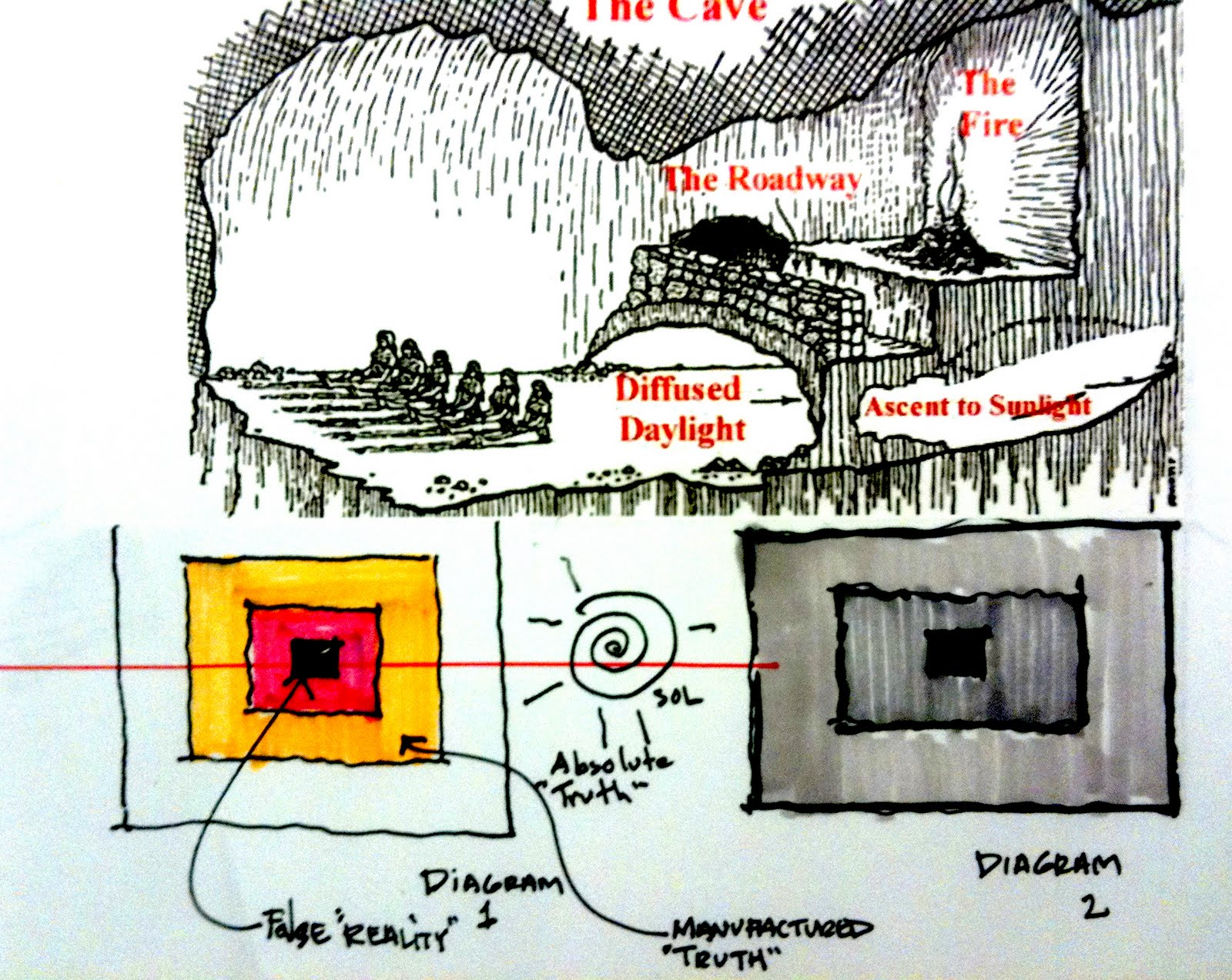
All I might know is how the world appears to me, not how the world actually is. Plato’s Allegory of The Cave is a written dialogue between Socrates and Glaucon, brother of Plato, in which Socrates exposes the lack of education in human nature by invoking the image of prisoners chained up and sitting in a dark cave. And what about you? How do I know that what I experience as pain is also what you experience as pain? You may react as I do, but that need not mean that you are minded like I am, or even that you are minded at all. The Matrix, in large part, is an embodiment of Plato’s Allegory of the Cave.Plato’s allegory is reflected through a dialogue between. A bat or a salmon experiences the world very differently to me. The Matrix and Plato’s Allegory of The Cave. Socrates And if there were a contest, and he had to compete in measuring the shadows with the prisoners who had never moved out of the cave, while his sight was still weak, and before his eyes. Arthur Herman has now written the definitive sequel to his New York Times bestseller, How the Scots Invented the Modern World, and extends the themes of the bookwhich sold half a million copies worldwideback to the ancient Greeks and forward to the age of the Internet.

My mind interprets a certain wavelength as the color red, but another animal or even another person may interpret it as something entirely other, or perhaps not perceive it at all. In the allegory The Cave, Plato describes a group of people who have lived chained to the wall of a cave all their lives, facing a blank wall. It is probably Plato's best-known story, and its placement in 'The Republic' is significant. The Allegory of the Cave is a story from Book VII in the Greek philosopher Plato's masterpiece 'The Republic,' written around B.C.E. Our senses are subject to manipulation, as, for example, when a garden designer uses focal points or clever planting to create an illusion of space. Plato's Best-Known Metaphor About Enlightenment.
#PLATO AND THE CAVE FREE#
But appearances, as we all know, can be deceptive: A stick held under water appears to bend and hot tarmac, when viewed from a distance, looks like sparkling water. Previous: An Introduction to Plato’s Allegory of the Cave Next: A Critical Comparison between Plato’s Socrates and Xenophon’s Socrates in the Face of Death This work ( The Allegory of the Cave by Plato) is free of known copyright restrictions. We are invited to imagine a group of people sitting in an underground cave, facing the walls.

And the Allegory of the Cave represents Plato’s approach to ideas.

"Seeing is believing," as the saying goes. One of the key ideas on Plato’s Republic is his theory of forms, where ‘forms’ means much the same as ‘ideas’. Much of our everyday knowledge comes from the use of our senses, especially sight. But, as I argue in my new book, Hypersanity: Thinking Beyond Thinking, even if we are not being radically deceived, it is not at all clear that we can have any knowledge of the world.


 0 kommentar(er)
0 kommentar(er)
